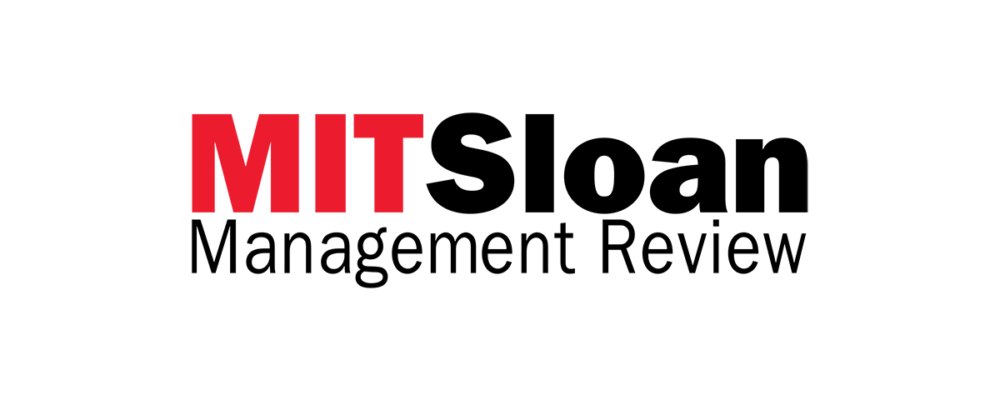From ideation to user testing, large language models are allowing companies to explore more ideas and iterate faster.
Topics
Frontiers
An MIT SMR initiative exploring how technology is reshaping the practice of management.
More in this series
Patrick George/Ikon Images
As enterprises experiment with generative AI use cases, one promising area is emerging: incorporating image- and text-generation tools in the product development process. Innovation groups are using generative AI to enhance ideation and creativity, gain market and customer insights, and add user-friendly interfaces to sophisticated systems.
In our research in the field and dozens of interviews with managers, we have seen how GenAI can be a catalyst for transforming traditional innovation workflows. The use cases described below offer insights into three ways companies can navigate the integration of these technologies to increase the productivity of their innovation teams.
Use Case 1: Enhancing Creativity and Design Workflows
Boston design agency Loft is just one of numerous innovation shops using generative AI technology in its creative process. In a project it launched in May 2023, Loft tapped GPT-4 to suggest new product features by prompting it with known customer preferences. It then identified and refined the most promising ideas via additional prompts. Meanwhile, the designers began sketching product concepts and then uploaded the sketches into image generator Midjourney, where they could refine the visual designs with prompts in addition to reworking them on paper. In these creative stages of the innovation process, generative AI’s tendency to produce hallucinations — text or images that defy facts or logic — were of no concern, since the team was just looking for ideas. This kind of use case is supported by research that found that humans often come up with more useful ideas when they brainstorm with the assistance of generative AI.
Get Updates on Leading With AI and Data
Get monthly insights on how artificial intelligence impacts your organization and what it means for your company and customers.
Please enter a valid email address
Thank you for signing up
When the development process moves into design and engineering, tools must be trusted to produce reliable outputs. Publicly available generative AI platforms could have helped the Loft team conceptualize ideas and sketch early prototypes, but the company paused its use of generative AI tools at this stage while its engineers built prototypes based on the selected concepts.
The Loft team gathered consumer feedback on the prototypes through video focus groups and surveys. GenAI was used to generate transcripts of consumer interactions with prototypes and then analyze them, a task at which large language models (LLMs) like ChatGPT excel. The LLM summarized and clustered the data, recommended areas for improvement, and identified features that consumers liked as input for product launch marketing.
Reprint #:
“The MIT Sloan Management Review is a research-based magazine and digital platform for business executives published at the MIT Sloan School of Management.”
Please visit the firm link to site






